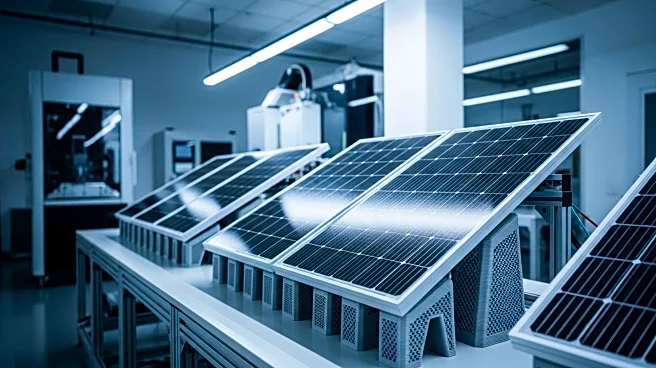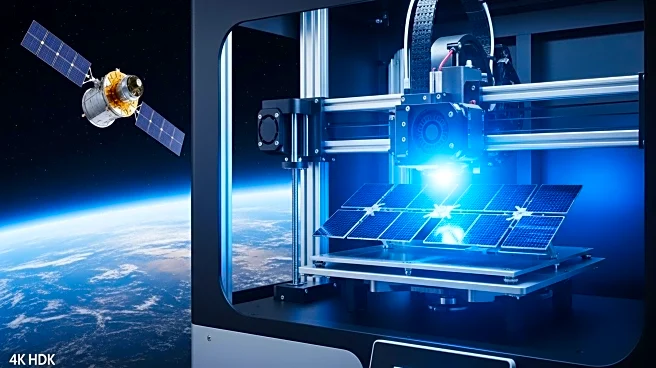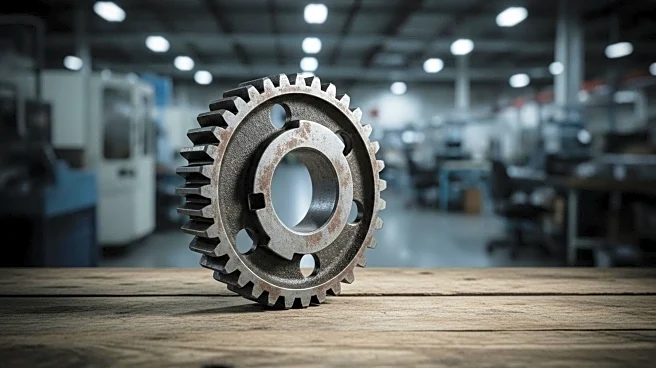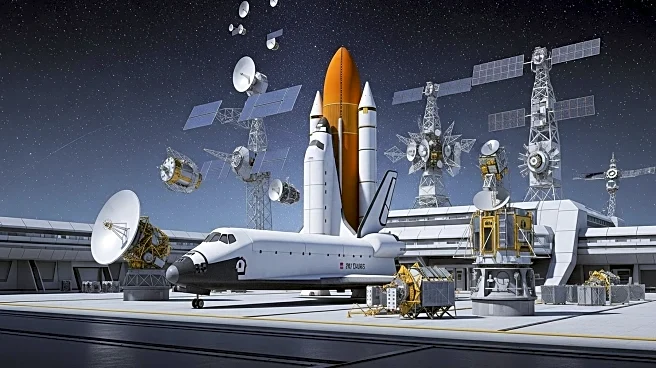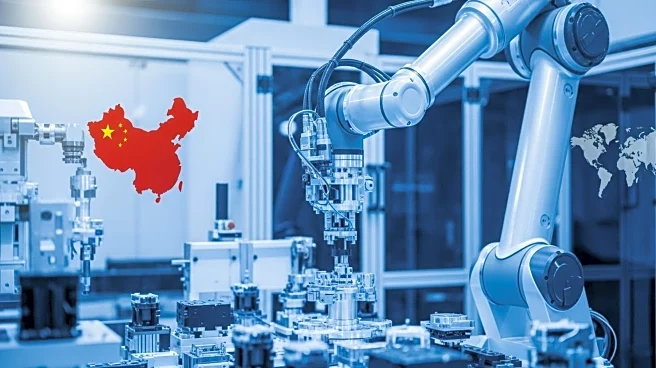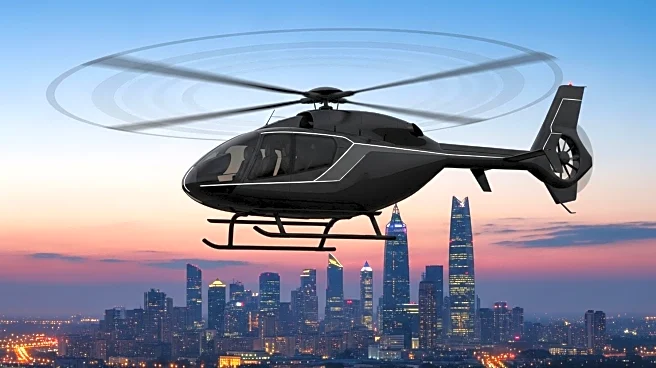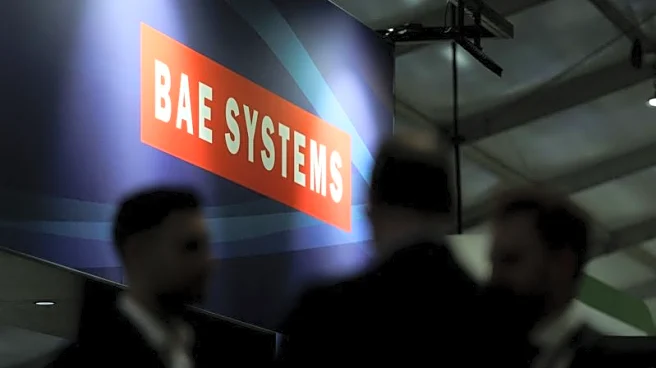What's Happening?
Boeing has introduced a new 3D-printed solar array substrate technology that significantly reduces production time by up to 50%, cutting typical solar wing program build times by up to six months. This innovation is part of Boeing's strategy to enhance production efficiency and meet the growing demand for faster spacecraft deployment. The first 3D-printed solar arrays will carry Spectrolab solar cells aboard small satellites built by Millennium Space Systems, both subsidiaries of Boeing's Space Mission Systems division. The new approach allows for parallel assembly of the complete array, integrating printed, rigid substrates with flight-proven modular solar technologies. This development is expected to scale from small satellites to larger platforms, including Boeing's 702-class spacecraft, with market availability targeted for 2026.
Why It's Important?
The introduction of 3D-printed solar arrays by Boeing marks a significant advancement in satellite manufacturing, potentially transforming the aerospace industry by reducing production times and costs. This innovation could enhance the competitiveness of U.S. aerospace companies in the global market, as faster production rates allow for quicker deployment of satellite constellations. The ability to scale this technology from small to large satellites could lead to broader applications and increased efficiency in space missions. Additionally, the integration of additive manufacturing into Boeing's production processes reflects a growing trend in the industry towards leveraging advanced technologies to improve performance and reduce lead times.
What's Next?
Boeing plans to continue scaling its 3D printing technology across its satellite platforms, aiming for market availability by 2026. The company is expected to further integrate this technology into its production lines, potentially leading to more widespread adoption across the aerospace sector. As Boeing progresses through its standard qualification path, the successful implementation of this technology could prompt other aerospace companies to explore similar innovations, driving industry-wide advancements in satellite manufacturing.
Beyond the Headlines
The use of 3D printing in satellite manufacturing raises questions about the long-term implications for labor and production processes in the aerospace industry. As automation and advanced manufacturing techniques become more prevalent, there may be shifts in workforce requirements and skill sets needed in the sector. Additionally, the environmental impact of additive manufacturing, which often uses less material and energy compared to traditional methods, could contribute to more sustainable production practices in the aerospace industry.
